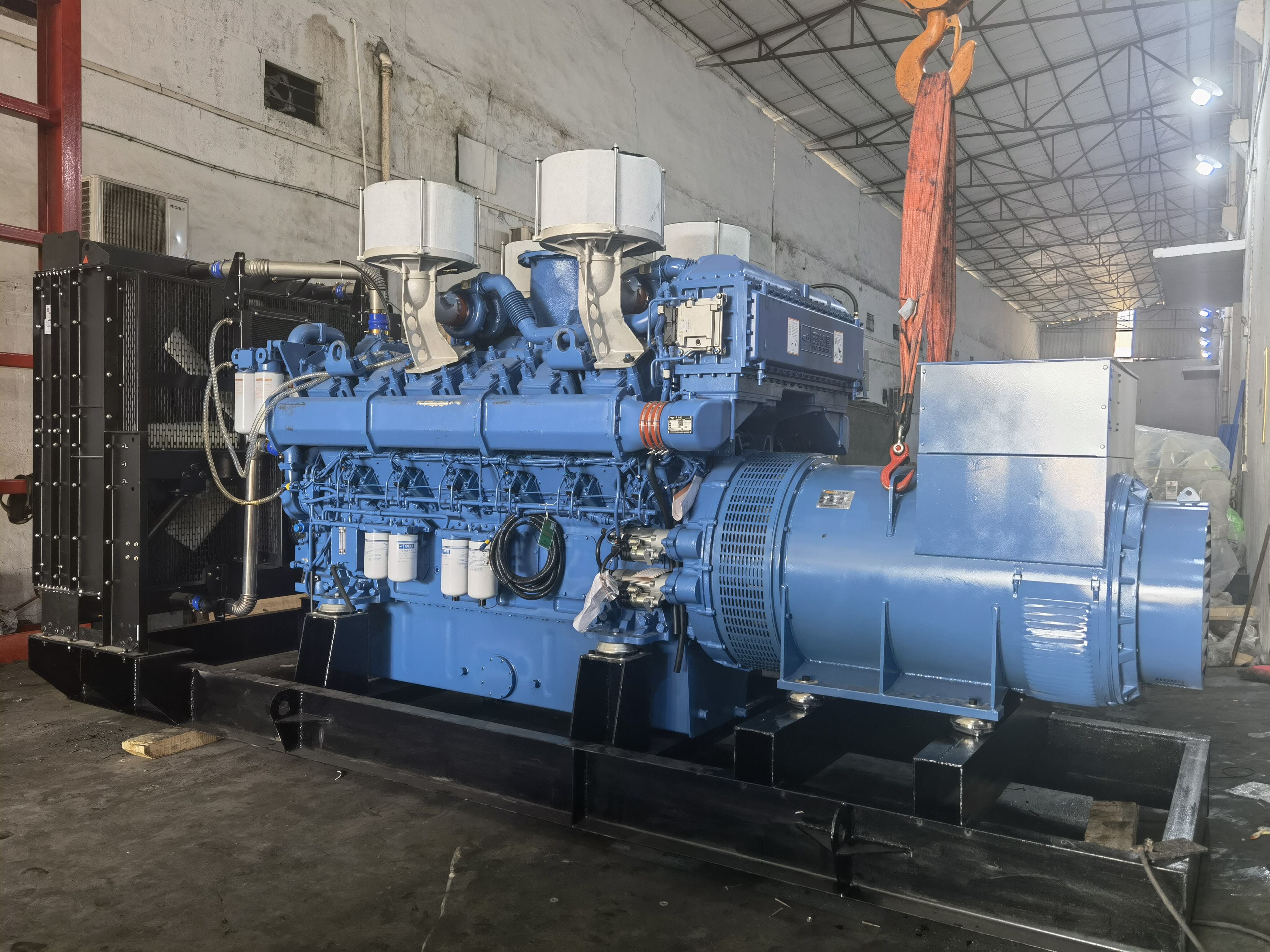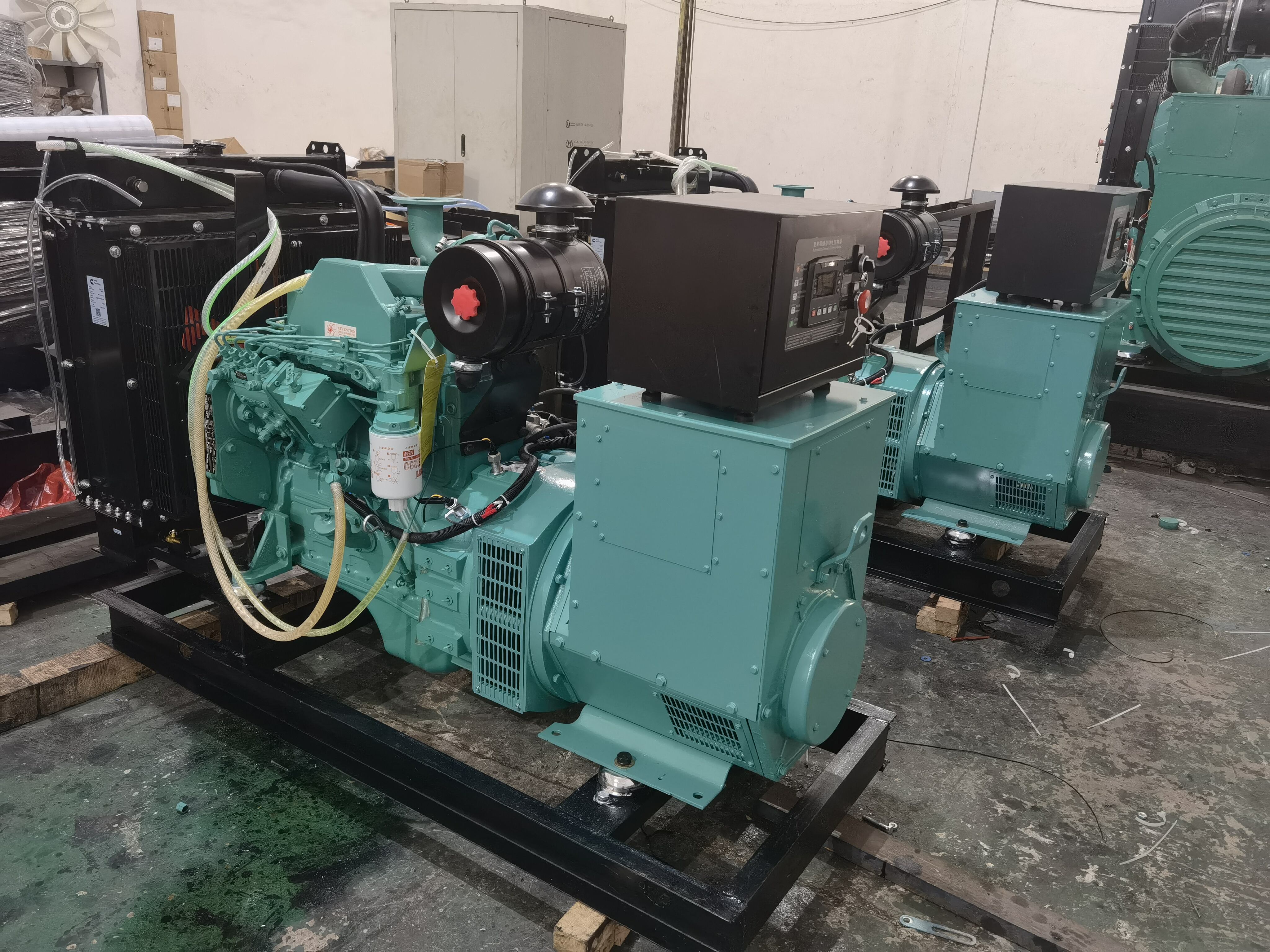Understanding the Power Behind Electrical Generation Systems
Generators have become an indispensable part of our modern world, serving as crucial backup power sources and enabling electricity generation in remote locations. These remarkable machines convert mechanical energy into electrical power through electromagnetic induction, a process that has revolutionized how we access and utilize electricity. Whether you're considering installing one for your home or business, or simply curious about the technology that keeps our lights on during outages, understanding generators is essential in today's power-dependent society.
The Fundamental Principles of Power Generation
Electromagnetic Induction: The Core Process
At the heart of all generators lies the principle of electromagnetic induction, discovered by Michael Faraday in 1831. This fundamental process occurs when a conductor moves through a magnetic field, creating an electrical current. Modern generators harness this phenomenon through carefully designed systems of magnets and copper windings. As the rotor spins within the stator, it creates a continuous flow of electricity that can power everything from household appliances to industrial machinery.
Converting Mechanical Energy to Electrical Power
The conversion process in generators begins with a source of mechanical energy, such as a diesel engine, turbine, or natural gas motor. This primary mover forces the rotor to spin, creating the necessary motion for electromagnetic induction. The efficiency of this conversion process depends largely on the design quality and maintenance of the generator's components. Professional-grade generators can achieve efficiency ratings of up to 90%, making them highly effective tools for power generation.
Essential Components and Their Functions
The Engine: Primary Power Source
The engine serves as the driving force behind generators, providing the mechanical energy needed for electricity generation. Different types of engines are used depending on the application and power requirements. Diesel engines are common in industrial generators due to their reliability and efficiency, while smaller portable generators often use gasoline engines. The size and type of engine directly influence the generator's power output capacity and fuel consumption.
Alternator: Where Conversion Happens
The alternator, comprising the rotor and stator assembly, is where the actual conversion of mechanical to electrical energy takes place. The rotor contains powerful magnets or electromagnets that spin within the stator's copper windings. This interaction creates the electromagnetic field necessary for power generation. The quality and design of the alternator significantly impact the stability and reliability of the electrical output.
Fuel System and Voltage Regulation
Modern generators incorporate sophisticated fuel systems and voltage regulators to ensure consistent power output. The fuel system must deliver a steady supply of fuel to the engine, while voltage regulators maintain stable electrical output despite varying loads. These components work together to protect connected devices from potentially damaging power fluctuations.
Types of Generators and Their Applications
Residential Backup Power Solutions
Home generators come in various sizes and configurations, from portable units to permanently installed whole-house systems. Standby generators automatically activate during power outages, providing seamless backup power for essential household systems. These units typically run on natural gas or propane and can power critical appliances like refrigerators, heating systems, and medical equipment.

Industrial and Commercial Applications
Industrial generators are designed for heavy-duty applications requiring substantial power output. These units often feature enhanced durability, advanced monitoring systems, and redundant safety features. They play crucial roles in maintaining operations in facilities such as hospitals, data centers, and manufacturing plants where power interruptions could have severe consequences.
Maintenance and Operation Best Practices
Regular Maintenance Requirements
Proper maintenance is crucial for ensuring reliable generator operation. This includes regular oil changes, filter replacements, and inspection of key components. Following manufacturer-recommended maintenance schedules helps prevent unexpected failures and extends the generator's operational lifespan. Professional servicing should be performed annually or more frequently for heavily used units.
Performance Monitoring and Testing
Regular testing and monitoring help identify potential issues before they become serious problems. Modern generators often include sophisticated monitoring systems that track performance metrics and alert operators to maintenance needs. Monthly test runs under load are recommended to ensure the system will perform as expected when needed.
Future Innovations in Generator Technology
Smart Integration and Remote Monitoring
The future of generators lies in smart technology integration. Advanced monitoring systems now allow remote operation and real-time performance tracking through mobile applications. These innovations enable predictive maintenance and improved efficiency through data-driven decision-making. The integration of IoT capabilities is making generators more reliable and easier to manage than ever before.
Environmental Considerations and Efficiency
Environmental concerns are driving innovations in generator design, with manufacturers focusing on reducing emissions and improving fuel efficiency. Alternative fuel sources, such as biodiesel and hydrogen, are being explored for cleaner operation. Additionally, hybrid systems combining generators with renewable energy sources are becoming increasingly popular for sustainable power generation.
Frequently Asked Questions
How long can generators run continuously?
The continuous run time of generators varies depending on the model and fuel type. Portable generators typically run for 8-12 hours on a single tank, while permanent standby generators connected to natural gas lines can run indefinitely as long as they receive proper maintenance and cooling.
What size generator do I need for my home?
To determine the right generator size, calculate your total power requirements by adding up the wattage of essential appliances and devices you need to run simultaneously. Common household generators range from 7,000 to 20,000 watts, with whole-house systems typically requiring at least 15,000 watts.
How often should generators be serviced?
Most generators require professional servicing annually or after every 100 hours of use, whichever comes first. Regular maintenance includes oil changes, filter replacements, and comprehensive inspections of all major components to ensure reliable operation.
Table of Contents
- Understanding the Power Behind Electrical Generation Systems
- The Fundamental Principles of Power Generation
- Essential Components and Their Functions
- Types of Generators and Their Applications
- Maintenance and Operation Best Practices
- Future Innovations in Generator Technology
- Frequently Asked Questions

